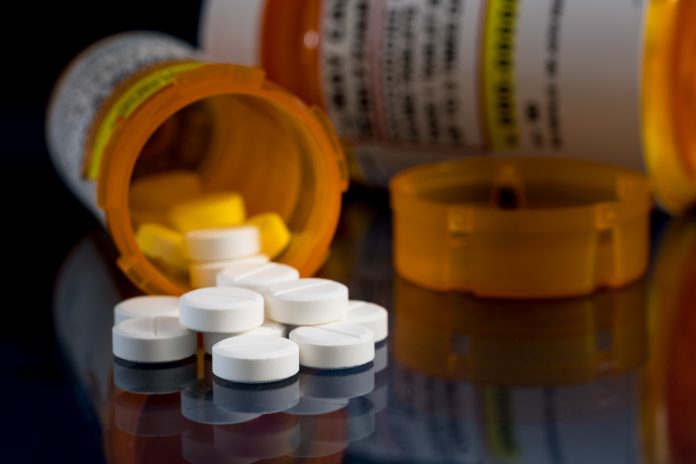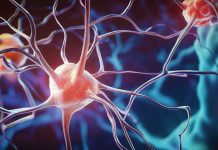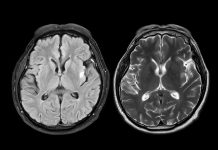Canada’s youth are increasingly at risk from the opioid epidemic. Experts warn that urgent action is needed, including youth-focused treatment, prevention programs, and better support services
Canada’s youth are increasingly caught in the grip of the opioid crisis, with rising rates of misuse and overdose. A CMAJ commentary warns that current treatment and prevention programs aren’t keeping pace with the scale of the problem. Experts are calling for urgent, youth-centered interventions, improved access to care, and stronger support networks to protect young Canadians from the devastating impact of the epidemic.
The rising use of opioids among youths
In the 2023 McCreary Adolescent Health Survey of 38,488 youth in British Columbia aged between 12 and 19 years, it was found that 14% reported having consumed substances other than alcohol and cannabis. A total of 1% had specifically used heroin, fentanyl, or other opioids (not including prescription medications used without a medical indication or prescribed to someone else), and 4% of youth who had ever gone to bed hungry had tried illicit opioids.
Another study, the Ontario Student Drug Use and Health Survey, found that the nonmedical use of prescription opioid pain relievers significantly increased from 12.7% in 2021 to 21.8% in 2023, with students in grades 7 to 9 more likely to report use than those in grades 10 to 12.
In 2021, 9% of all opioid-related emergency visits and 8% of opioid-related deaths in Ontario occurred in people aged 15-24. Another striking figure was that the rate of emergency department visits for opioid toxicity in youth in Ontario was 67.7 per 100,000 people in 2023.
Closing the gap in youth opioid care
Across Canada and the United States, new clinical guidelines from the Canadian Paediatric Society (CPS) and the American Society of Addiction Medicine (ASAM) provide a framework for treating opioid use disorder (OUD) in adolescents. For teens with moderate to severe OUD, combining medications for OUD (MOUD) like buprenorphine and methadone with community-based psychosocial therapy proves most effective.
Instant access to lifesaving medications is crucial, especially when a young person experiences a non-fatal overdose. While integrating medical and psychological support leads to better outcomes, immediate access to these medications must be prioritized.
There’s strong evidence for psychosocial interventions such as family therapy, motivational enhancement therapy, and cognitive behavioural therapy (CBT), which, when combined with mental health care, improve engagement and foster long-term recovery. Unfortunately, many Canadian families face barriers like long waitlists and high costs that hinder access to necessary care.
Despite the effectiveness of MOUD, prescriptions among Canadian youth have declined, even as opioid-related deaths soared by over 350% from 2013 to 2021. Clinician hesitancy and inadequate training contribute to this issue. The 2024 ASAM Criteria suggest that treatment intensity should be tailored to each adolescent’s needs, yet many adolescents face fragmented, underfunded services.








